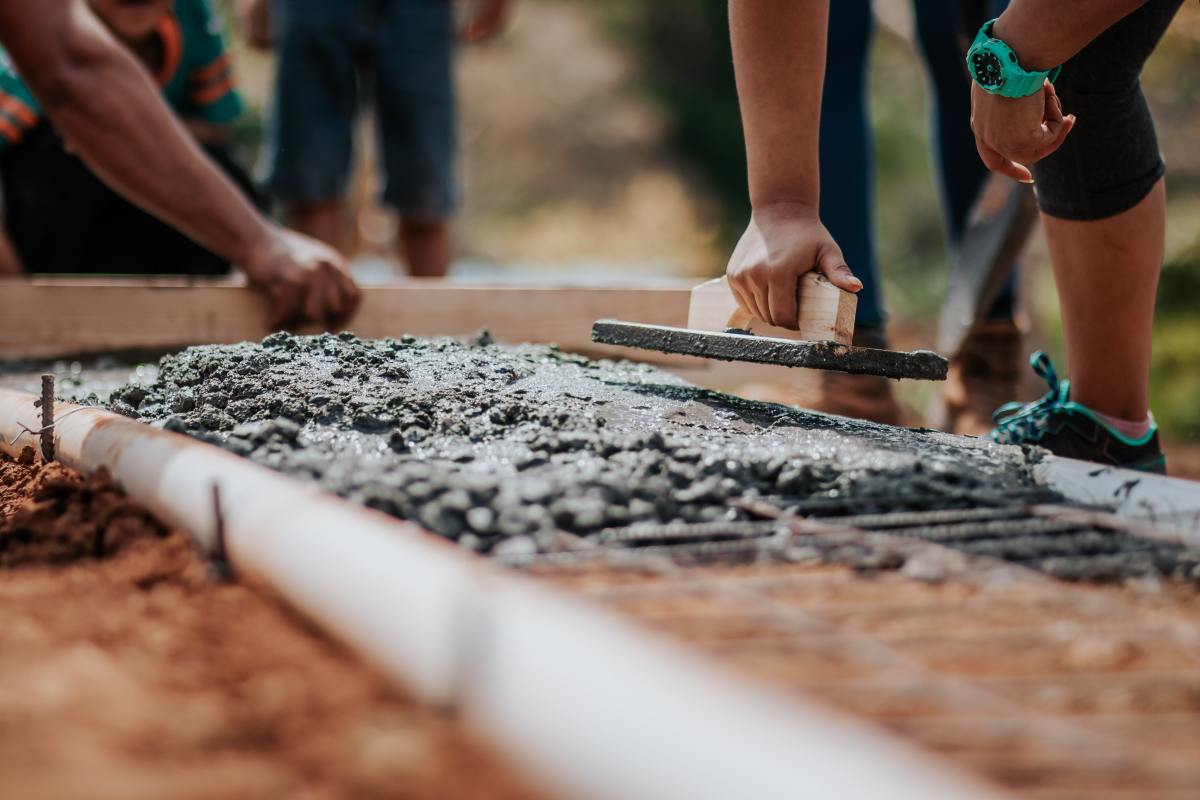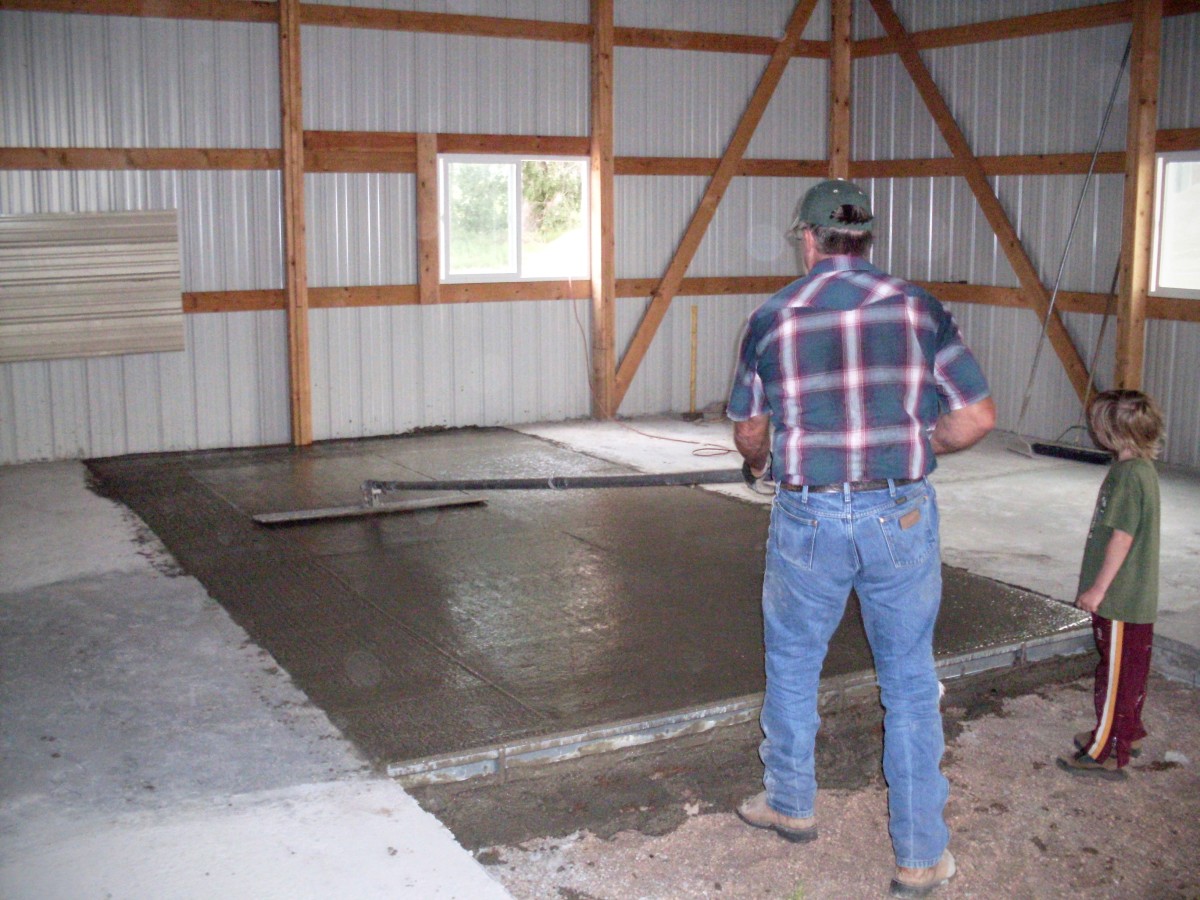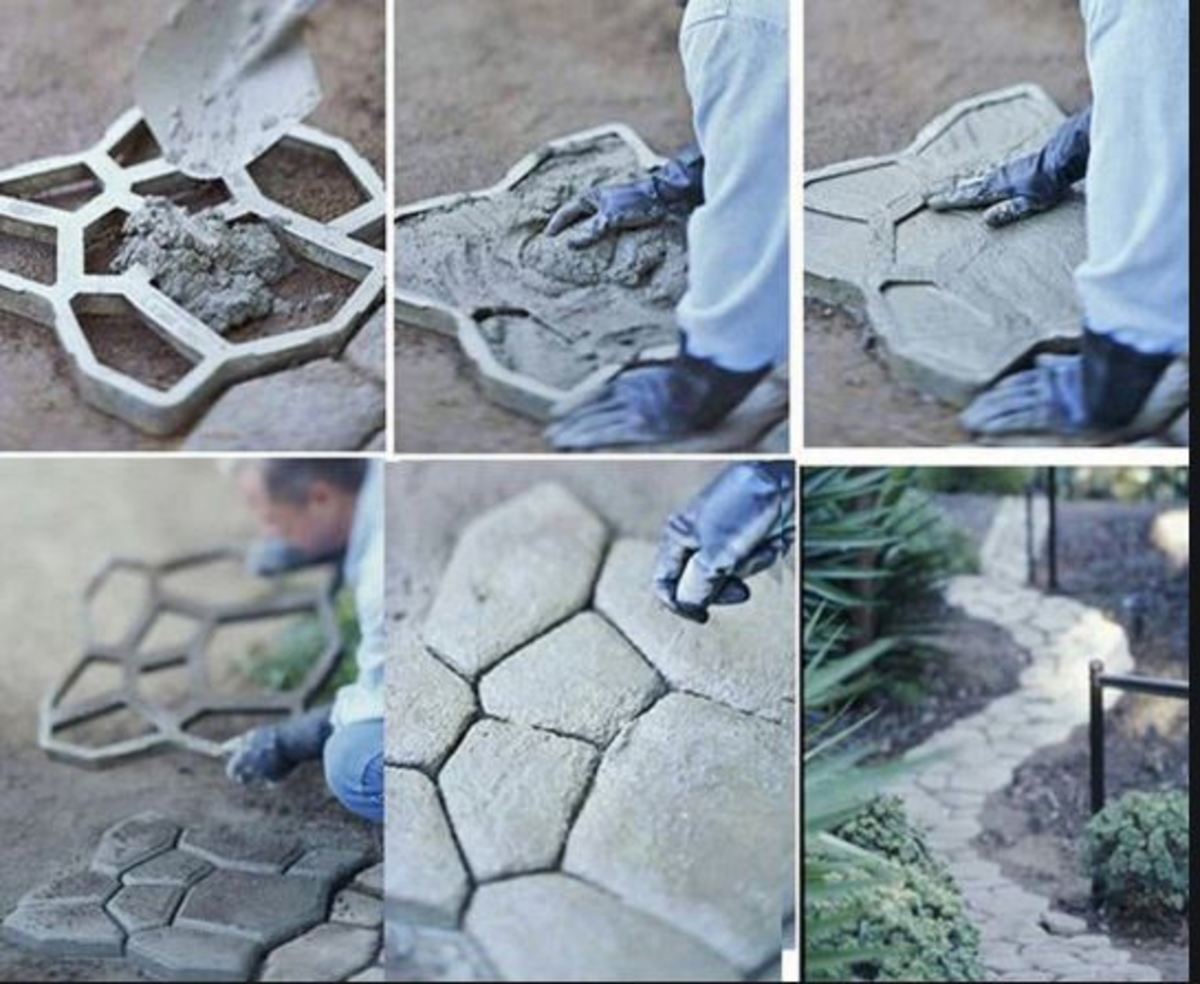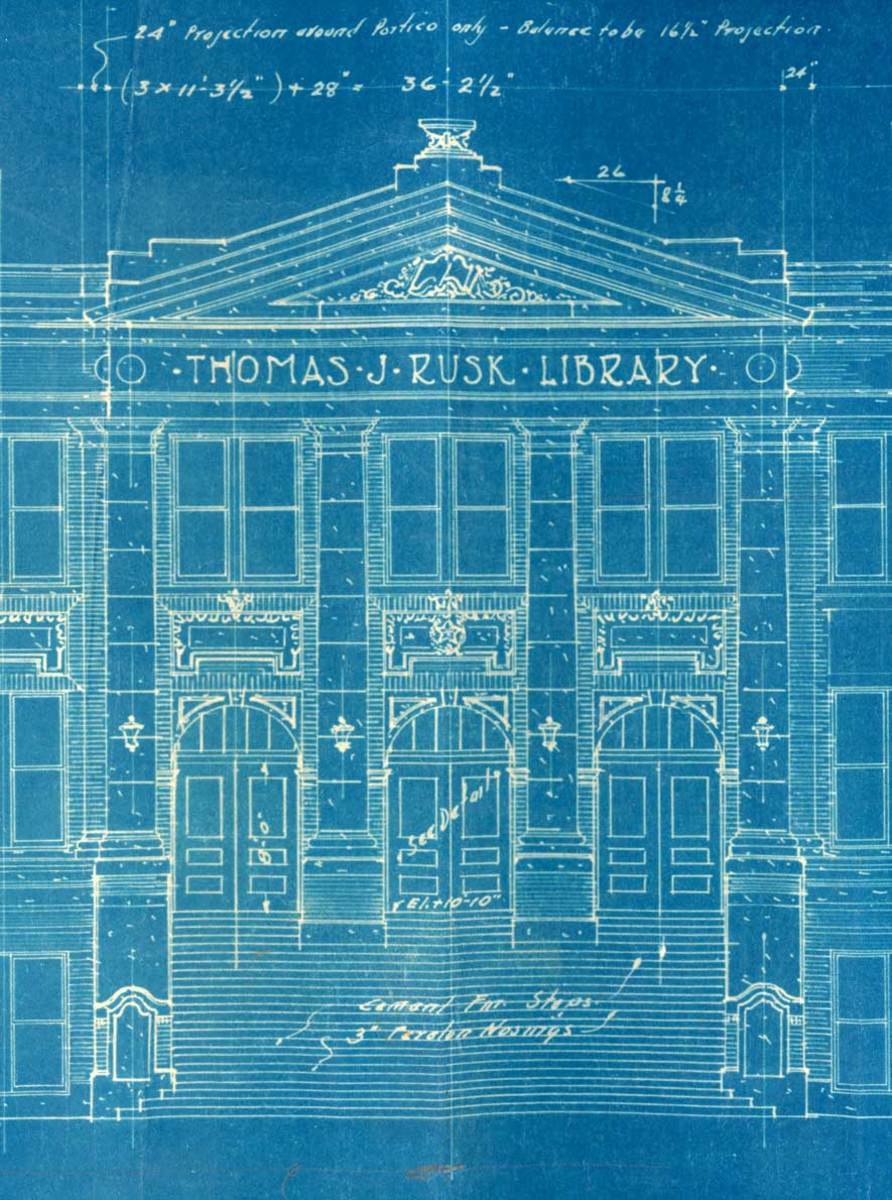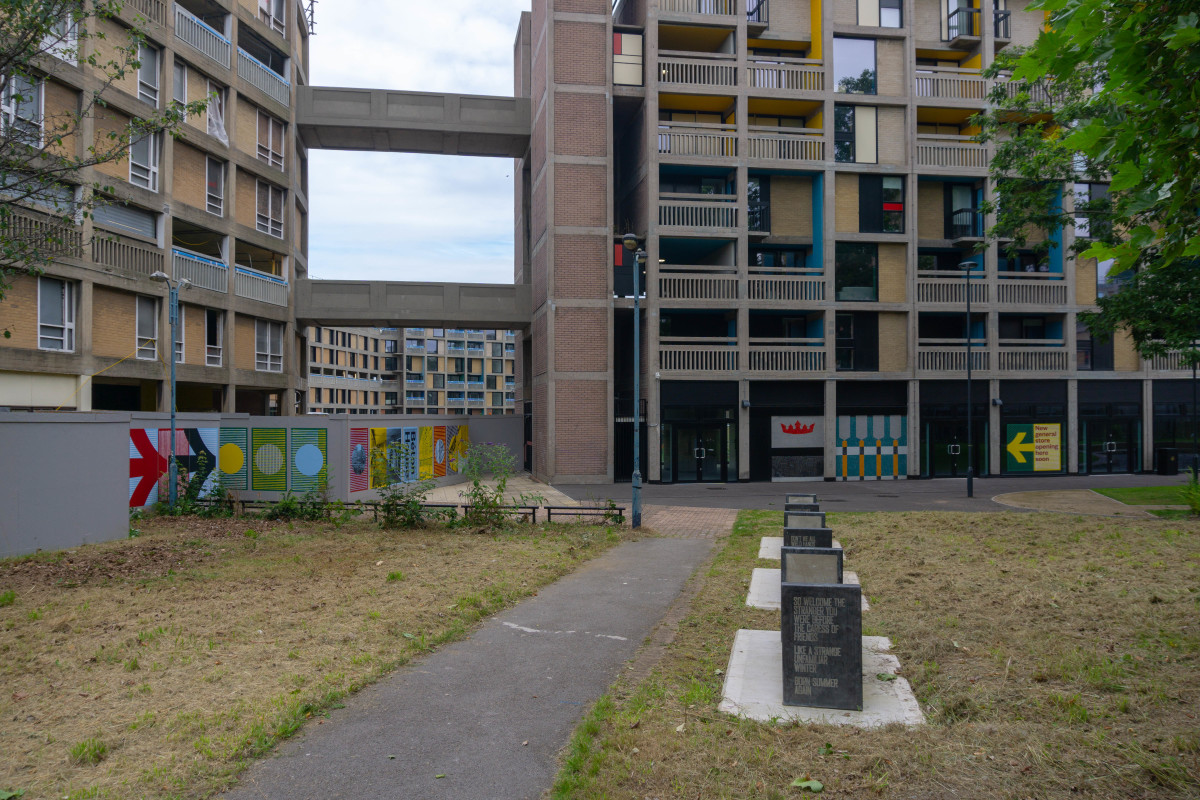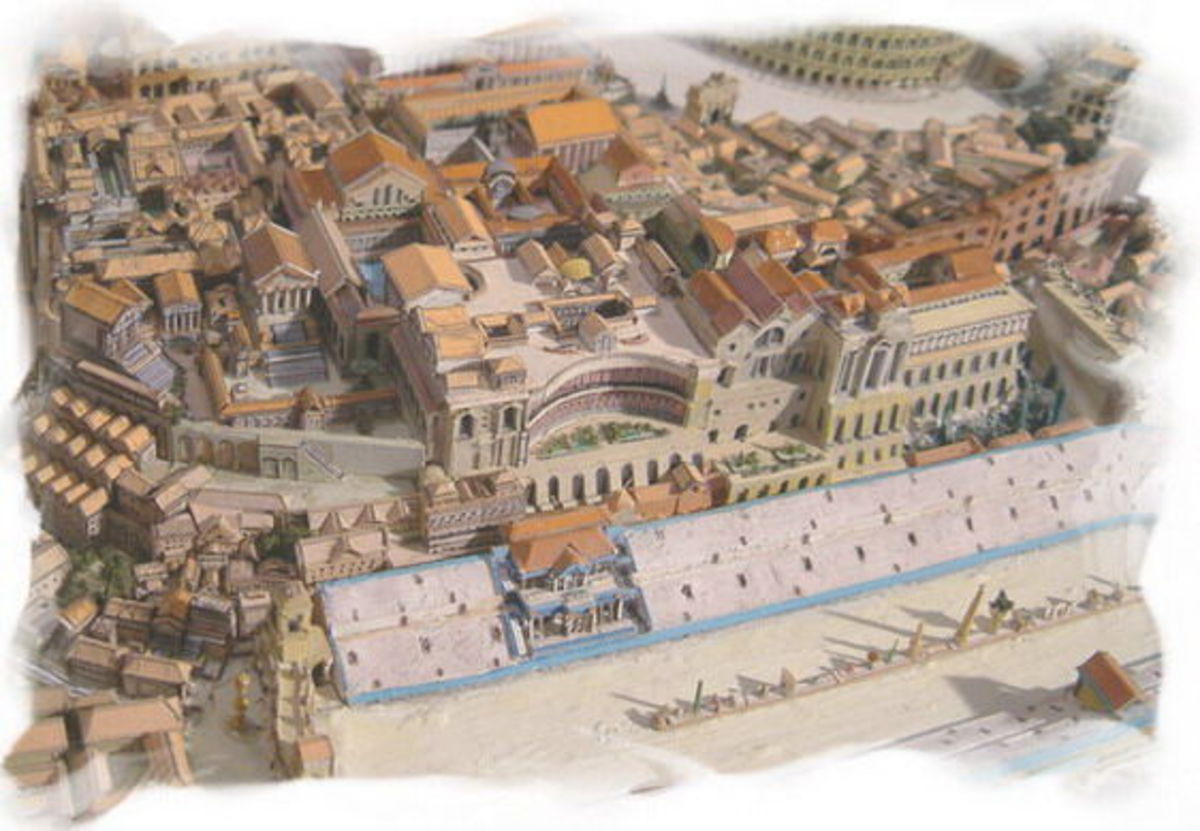high volume flyash concrete
If you have to use concrete, try to minimize the portland cement content
Concrete is almost a mandatory part of building these days, especially in seismically active regions. Unfortunately concrete production causes some problems for our environment.
The production of portland cement, the glue that usually binds concrete together, puts carbon dioxide into the atmosphere both from the fuel used to cook the raw limestone and from the chemical reaction that calcifies the limestone.) Worldwide, the production of portland cement accounts for 5-8% of the human-generated carbon dioxide. The Portland Cement Association gives this perspective.
(In case you havent heard, many scientists are alarmed by dramatic increases in atmospheric CO2 and the resultant greenhouse effect.)
Fly ash is a waste product generated by coal burning power plants. It is generally either landfilled or, where lack of regulations permit, it is just billowing out of smokestakes into the atmosphere. Fly ash can pollute groundwater with heavy metals and in the air becomes particulate pollution...or smog.
Fortunately, flyash can be used as a replacement for portland cement in concrete, and according to many experts, makes for better concrete. It is generally considered inert and safe once bound up in concrete.
Economic & environmental benefits: The United States imported over 11 million tons of portland cement in 2008. (despite the economic downturn.) If this cement import could be replaced with flyash, the trade deficit could be improved by at least 1 billion dollars. It is expensive to retrofit coal-burning powerplants to keep the flyash from entering the atmosphere, so perhaps the economic incentive of being able to sell the flyash that is captured could fund the installation of this equipment.

